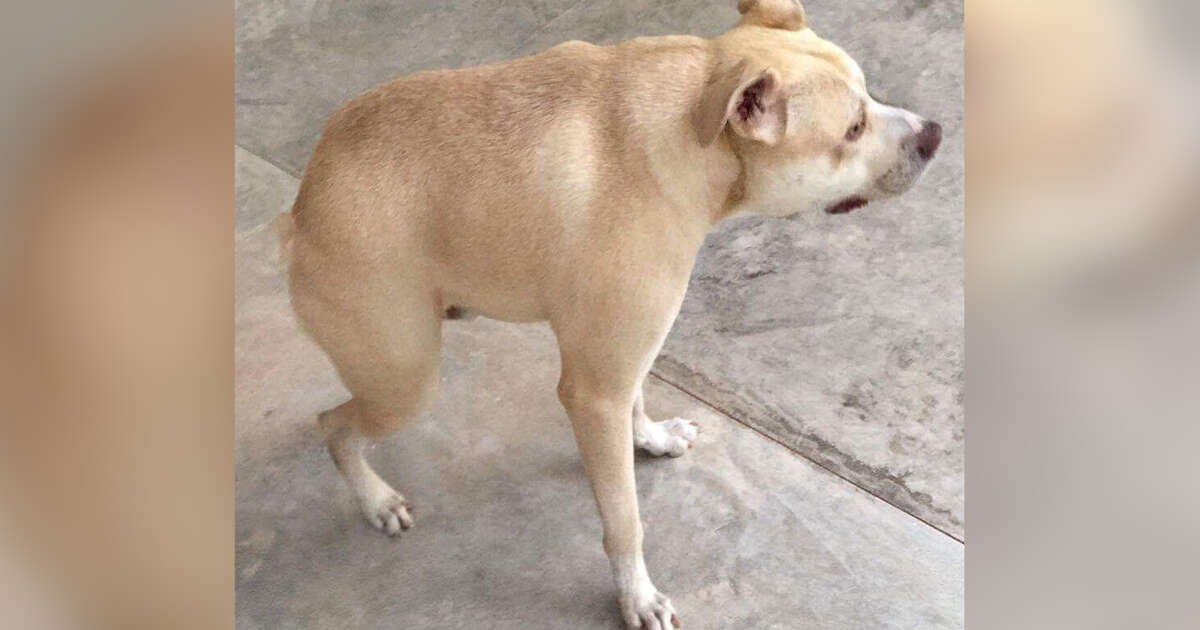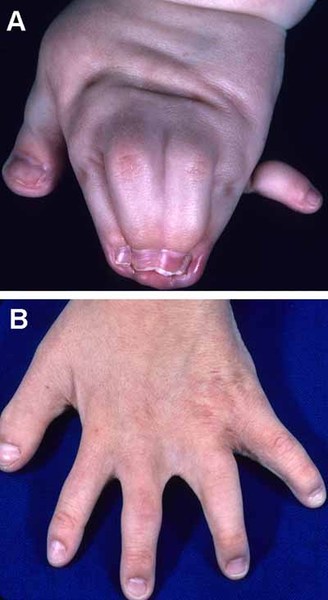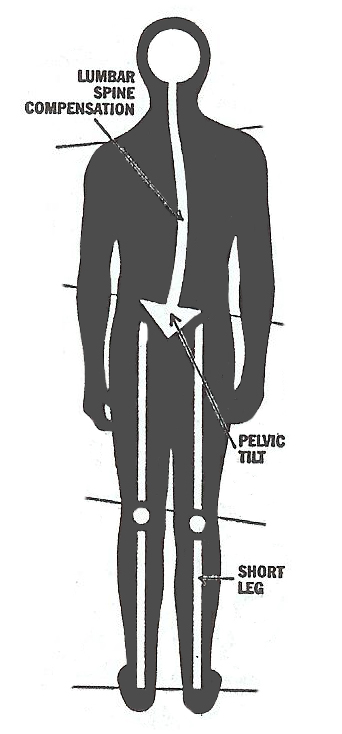

Besides, massage always strengthens the bond between the pet and its parent. Moreover, it will relieve the affected dog from stress, anxiety, and any backache. Since these fluffy friends cannot turn to scratch themselves, regular soft massages will help in blood and lymph circulation, especially to the muscles more in use. Additionally, steer clear of activities involving running and jumping-these may leave them vulnerable to muscle spasms and back issues in the future. These furry hunchbacks get tired quickly, so their pet parents should play or walk for half the time as compared to a normal dog’s playtime.

Ultimately though, surgery is required to amputate some or all of the tail.
Short spine syndrome skin#
The skin folds are predisposed to infections which can be treated with antibiotics and regular cleaning. This creates a structure typically known as a corkscrew or screw tail. Screw Tailĭue to the fusion of the vertebrae in these hunchbacks, their tail takes an abnormal curve and shape, causing excessive skin folds and an anal obstruction. Consult your vet he or she will examine the dog and will suggest the way forward. However, if the disease progresses towards paralysis, surgery will be the recommended treatment of choice. Conservative management is recommended in dogs with mild deficits or pain only. In case this disk ruptures or herniates, it can cause dogs immense pain and overall trouble in mobility. Intervertebral Disc DiseaseĪn intervertebral disc cushions a dog’s spine. But we advise not to procure any drug on your own without consulting a vet. Typically, some bed rest, anti-inflammatory drugs, and physiotherapy can relieve your doggy’s pain and improve his quality of life. Also, he can develop a constant backache with muscle atrophy in their rear legs, along with fecal or urinary incontinence.

Your canine friend may have difficulty in climbing, jumping, or standing from sitting. This causes the compression of sacral nerves or degeneration of the lumbosacral junction. There are some complications that dogs with short spine syndrome are more prone to, which include the following: Lumbosacral Syndrome Furthermore, because they struggle to stay on hard surfaces, playing fetch or going for a long walk is not their cup of tea like other canines.ĭespite their disability, they are considerably playful and are able to lead a healthy life with a normal lifespan.ĭog Eye Infections: Everything You Need To Know Complications and Associated Medical Conditions They might also have difficulty eating or sniffing from the ground. Instead, they must turn their entire body. These dogs cannot simply turn their head if they want to itch or look behind. Shorter and twisted tail or no tail at all.Short, broad neck-giving an appearance as if there is no neck.A few typical traits that distinguish them from other doggos are as under: It doesn’t exactly take a vet to recognize a dog with short spine syndrome, as it is quite apparent. It has been concluded that multiple instances of inbreeding-carried out in the hope of producing litters with similar and desirable characteristics-have caused this genetic condition among dogs. Risk FactorsĪ study has shown that 1 in 1000 dogs in a dog’s population suffers from this affliction. Hence, these pups give the impression of being hunchbacks. The vertebrae are fused together, giving the dog an appearance of a very short neck or no neck at all. This compression causes the vertebrae to remain in their cartilage state rather than transforming and strengthening into bone. Short spine syndrome is a rare genetic disorder in dogs that causes compression of the spinal cord. The world’s most loyal creature, also known as a man’s best friend, suffers from this congenital condition, which is medically referred to as short spine syndrome.


 0 kommentar(er)
0 kommentar(er)
